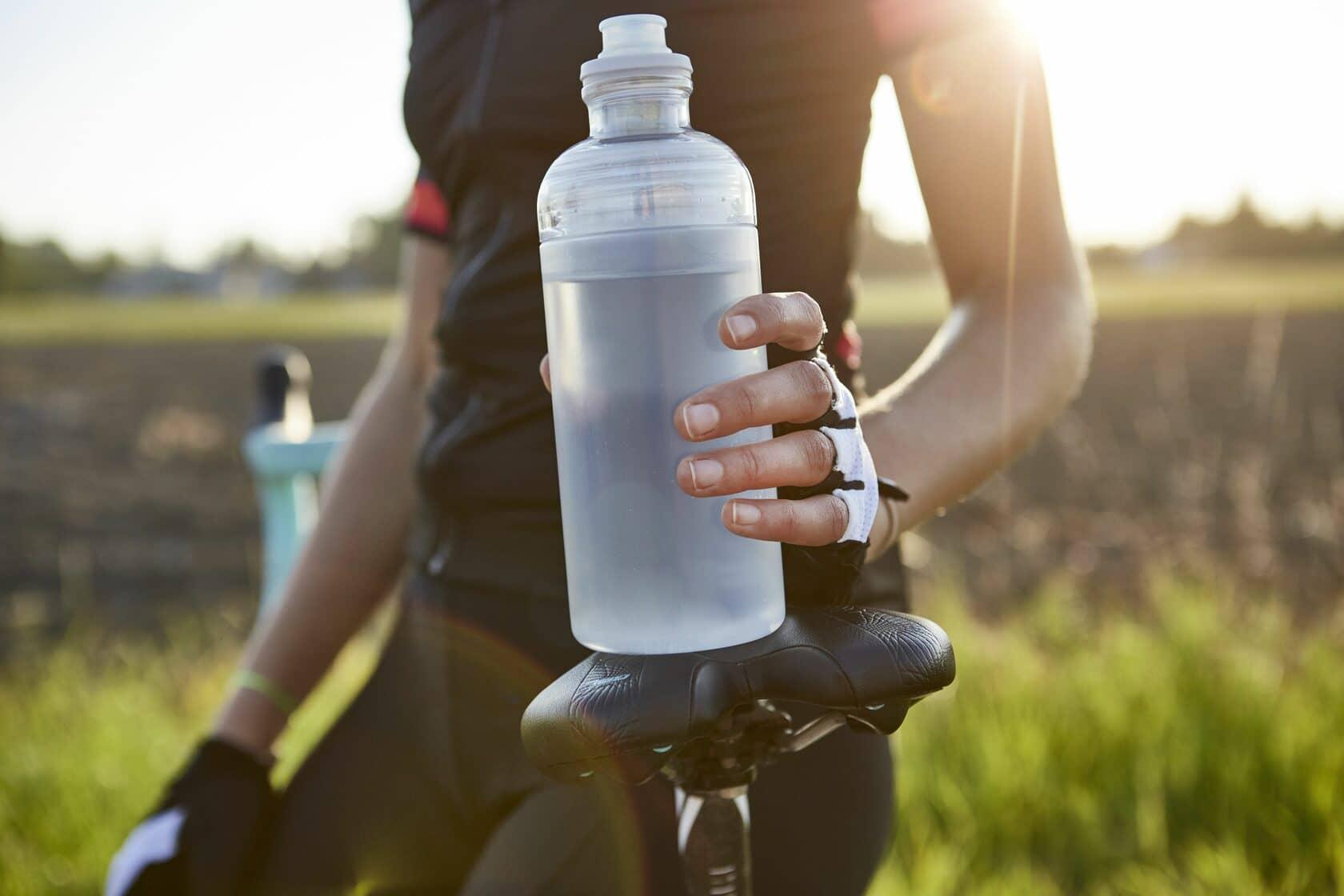Proper hydration is key to maintaining energy, focus, and overall health. Yet, with busy schedules and the constant dist...
Eco-Friendly Hydration: How Reusable Water Bottles Can Help You Reduce Your Carbon Footprint
As the world becomes more conscious of environmental issues, sustainability is taking center stage in our everyday choices, including how we stay hydrated. One of the simplest and most impactful ways to reduce your personal carbon footprint is by switching from single-use plastic bottles to reusable water bottles. Not only do these bottles help cut down on waste, but they also offer a stylish, durable, and practical solution for your hydration needs.
In this blog, we’ll dive into the environmental benefits of using reusable water bottles, explore the different types available, and provide tips on how you can make eco-friendly choices for a more sustainable lifestyle.
The Environmental Impact of Single-Use Plastics
Every year, millions of single-use plastic bottles end up in landfills or oceans, where they take centuries to decompose. According to environmental reports, the average person uses about 150 plastic bottles per year, contributing significantly to pollution. These bottles require vast amounts of energy to produce, package, and transport, leading to higher carbon emissions and environmental degradation.
By switching to reusable bottles, you can drastically reduce the demand for plastic production, minimize waste, and lessen the strain on natural resources. For example, a single reusable stainless steel or glass bottle can last years, replacing hundreds of plastic bottles and significantly reducing your personal carbon footprint.
The Benefits of Using Reusable Water Bottles
1. Reduce Plastic Waste
Using a reusable bottle means fewer plastic bottles in landfills and oceans. Each refillable bottle saves hundreds of plastic bottles from ending up as waste, helping to combat the global plastic crisis.
2. Save Energy and Resources
Producing and transporting plastic bottles consumes a huge amount of energy. By opting for a reusable stainless steel or glass water bottle, you’re choosing a more sustainable option that requires fewer resources to produce and can be used repeatedly.
3. Safe for Your Health
Single-use plastic bottles often contain chemicals like BPA and phthalates, which can leach into your water over time. Reusable bottles made from stainless steel, glass, or BPA-free plastic are much safer, providing a healthier alternative for daily hydration.
4. Durability and Cost-Effectiveness
While reusable bottles might come with a higher initial cost, they are far more cost-effective in the long run. Durable materials like stainless steel or glass ensure that your bottle will last for years, saving you money on disposable bottles and reducing your environmental impact.
Choosing the Right Reusable Water Bottle
There are various types of reusable bottles on the market, each designed to meet different needs. Let’s explore a few of the most popular eco-friendly options:
1. Stainless Steel Bottles
These bottles are ideal for those who need durability and temperature control. Many stainless steel water bottles come with double-walled insulation, keeping drinks cold for up to 24 hours and hot for 12. They’re perfect for people with an active lifestyle or those who travel frequently.
2. Glass Water Bottles
If you prefer a more elegant and chemical-free option, glass water bottles are a great choice. They provide a clean, pure taste and are often made from non-toxic materials. Glass bottles are ideal for office use or at-home hydration.
3. Collapsible Water Bottles
For those who are constantly on the move or looking to save space, collapsible bottles are a fantastic option. These flexible, lightweight bottles can be folded or rolled up when not in use, making them perfect for travelers or gym-goers.
Practical Tips for Sustainable Hydration
1. Carry a Reusable Bottle Everywhere
Keep your reusable bottle with you at all times—whether you’re commuting, at the gym, or traveling. This encourages regular hydration while also reducing the temptation to buy a plastic bottle when you're out.
2. Refill Over Buying
Make it a habit to refill your water bottle instead of purchasing bottled water. Many public places now have refill stations or drinking fountains, making it easy to top up while on the go.
3. Opt for Filtered Water at Home
Using a water filter at home allows you to fill your reusable bottle with clean, safe water without the need for plastic packaging. It’s an eco-friendly solution that reduces your reliance on bottled water.
How Reusable Bottles Help Lower Your Carbon Footprint
The term carbon footprint refers to the total amount of greenhouse gases—mainly carbon dioxide (CO2)—that are emitted into the atmosphere due to human activities. Reducing your carbon footprint is crucial in the fight against climate change. By making small changes, like switching to a reusable water bottle, you can help lower the demand for energy-intensive plastic production.
Here’s how reusable bottles contribute to reducing your carbon footprint:
- Fewer Emissions: Refillable bottles require significantly less energy to manufacture than the continuous production of single-use plastics.
- Less Waste: Fewer plastic bottles ending up in landfills means less pollution, which helps protect our environment from harmful toxins and greenhouse gases.
- Sustainable Production: Many companies now offer eco-friendly bottles made from sustainable or recycled materials, further reducing the environmental impact of production.
Conclusion: Small Changes for a Big Impact
Switching to a reusable water bottle is a simple but impactful way to contribute to a more sustainable future. By choosing eco-friendly options like stainless steel or glass, you’re helping to reduce plastic waste, save energy, and protect the planet. Not only are you making a conscious effort to live greener, but you’re also investing in a healthier, more cost-effective hydration solution.

